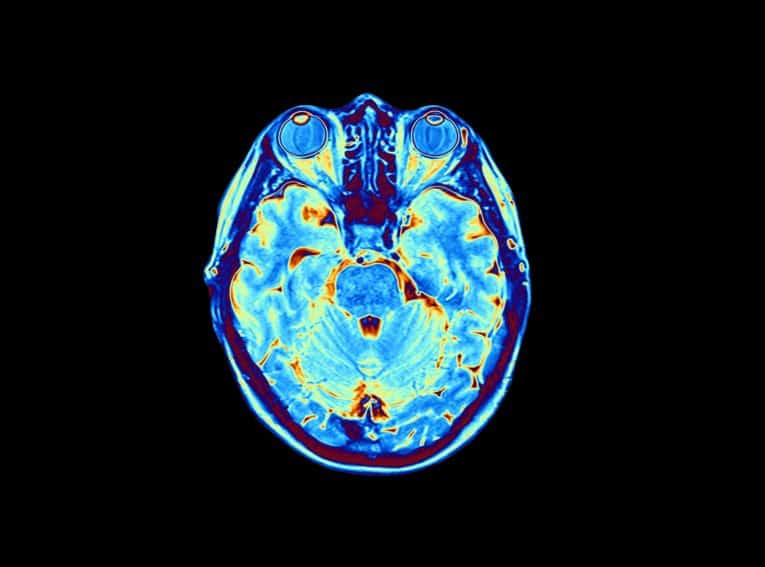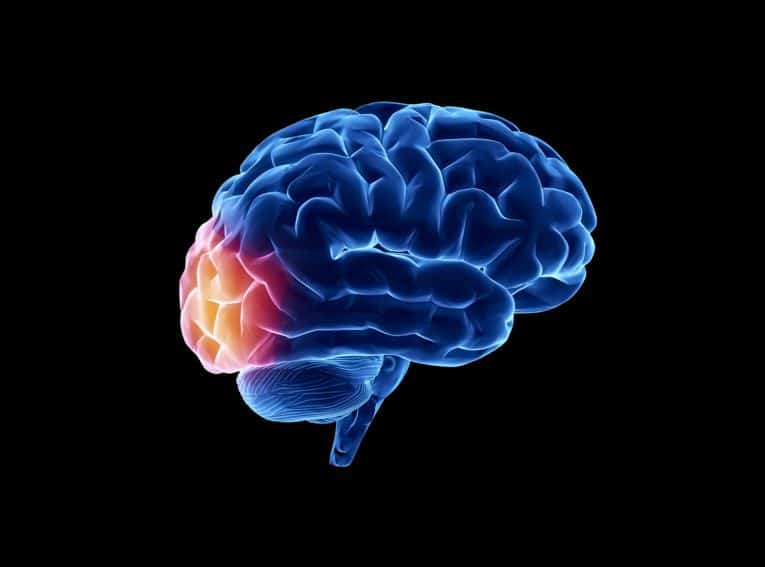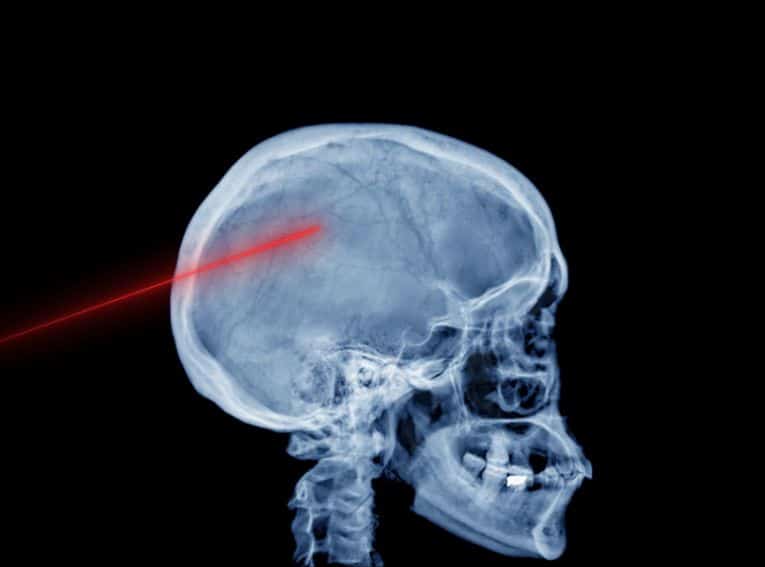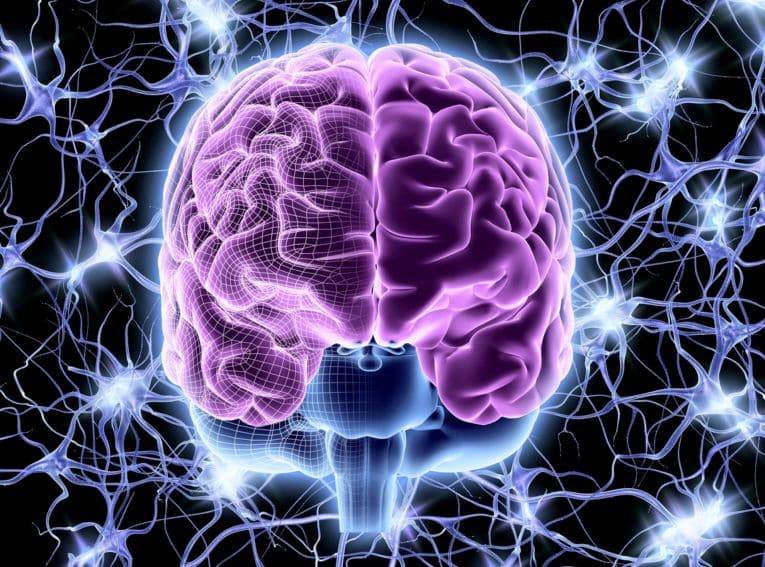
Vascular Neurosurgery
Conditions We Treat
Subarachnoid Hemorrhage
Subarachnoid hemorrhage involves bleeding within the subarachnoid space, the area between the brain and its thin tissue covering. A subarachnoid hemorrhage occurs when a blood vessel in the brain bursts and bleeds into the surrounding brain tissue, damaging brain cells. This condition results in bleeding within the tissues of the brain that may significantly damage blood cells and lead to brain damage or life-threatening complications. A subarachnoid hemorrhage is a serious condition that requires immediate medical treatment.
Causes of Subarachnoid Hemorrhage
Head injuries are a common cause of this condition. Bleeding from a subarachnoid hemorrhage may also occur as a result of several different causes, including:
- Ateriovenous malformation (AVM)
- Aneurysm
- High blood pressure
- Smoking
Other causes may include bleeding disorders or the use of blood thinners. A family history of aneurysms may also increase the risk of a subarachnoid hemorrhage.
Symptoms of Subarachnoid Hemorrhage
Patients with subarachnoid hemorrhage often experience a severe headache that begins suddenly, with pain that is worse near the back of the head. Additional symptoms may include:
- Weakness
- Numbness
- Confusion
- Loss of consciousness
- Nausea and vomiting
- Seizures
- Vision problems
- Drooping of the eyelids
- Stiff neck
Immediate medical attention is required to reduce the risk of permanent damage of a subarachnoid hemorrhage. A subarachnoid hemorrhage causes pressure on the brain that can interfere with oxygen supply and cause brain and nerve damage, or death.
Diagnosis of Subarachnoid Hemorrhage
A subarachnoid hemorrhage may be diagnosed through a physical examination and a review of all symptoms. Additional diagnostic tests to detect bleeding in the skull, as well as the location and severity of the hemorrhage, may include:
- Blood tests
- CT scan
- MRI scan
- Cerebral angiogram
- Transcranial doppler ultrasound
An echocardiogram may also be performed to detect any blood clots in the heart that may have traveled from the heart to the brain and caused the hemorrhage and an angiography may be effective in determining the exact location and cause of the bleeding. Once diagnosed, immediate treatment is required to reduce the risk of serious complications and permanent damage.
Treatment of Subarachnoid Hemorrhage
Treatment for a subarachnoid hemorrhage focuses on stopping the bleeding, removing the blood clot or hematoma, and relieving the pressure on the brain. Treatment depends on the cause of the condition, but may include surgery to remove or repair any structures within the brain that caused the bleeding, such as an aneurysm or AVM. Surgery may also be performed to simply stop the bleeding through the use of a catheter that widens or closes off affected blood vessels. A less invasive procedure called endovascular coiling may also be performed, which places coils within the aneurysm to reduce the risk of further bleeding.
Medications may also be administered to relieve symptoms of seizures, pain and swelling, and to reduce pressure on the brain. Patients who experienced permanent damage as a result of a subarachnoid hemorrhage may receive additional treatment in a rehabilitation program. Left untreated, subarachnoid hemorrhage can lead to a stroke, seizure, coma or even death.
Additional Resources
Welcome to the office of neurosurgeon Dr. Vikas Rao, where your health comes first. Below are some of the neurosurgical treatments that we offer in Mission Viejo, CA:
Contact us today
Your concerns are important to us, and we want to make sure all of your questions are answered so you understand your options. Please contact our office with any questions, and our team will be happy to assist you.
Give us a call
We're open to serve
Book an appointment
Our doctor and staff are devoted to our patients. Please fill out the form below with any questions or to schedule an appointment and our team will get back to you within 24 to 48 hours.





